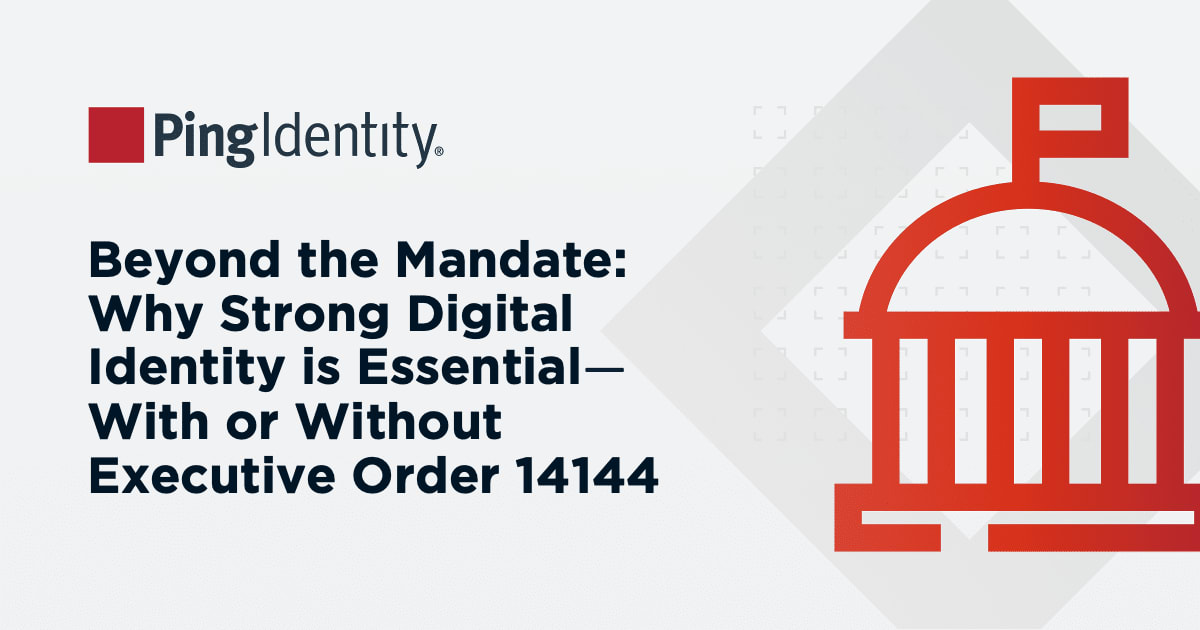So do you—and your app users—really benefit from giving up passwords?
Absolutely. Passwords continue to foil users and compromise security, and we’re seeing signs that passwordless authentication is on the rise for a few key reasons.
One, passwordless authentication offers significantly more protection against hackers and other bad actors. Passwords need to meet some minimal requirements to be secure, such as length and character composition, and end users have demonstrated time and again that they have a hard time maintaining strong passwords.
Even if a user does have a strong password for one account, the odds are good they have shared it with other sites or other users, increasing the risk of getting hacked by opening up more points of attack.
A temporary code, on the other hand, all but eliminates credential sharing and means less time in which the authentication factor can be stolen, boosting your overall security posture.
Another primary benefit of passwordless authentication is that it allows you to offer your app customer an easier and better user experience. Your end users don’t have to worry about creating, remembering or storing a complicated password; they simply enjoy a smooth experience by swiping a fingerprint or clicking a button. We’re starting to see behavioral research in the market showing that once people try passwordless authentication, they stick with it because of the superior UX.
There’s a third benefit of passwordless authentication that your customers may only vaguely realize but one you likely are acutely aware of: easing the dreaded password reset process. Password reset flows have to be implemented securely in the event passwords are forgotten, and password resets cost large organizations upwards of $1 million annually in staffing and infrastructure alone, according to Forrester. Even if you don’t go completely passwordless in your authentication processes, having a blend of password and passwordless flows will ensure you spend less valuable time on password resets.



